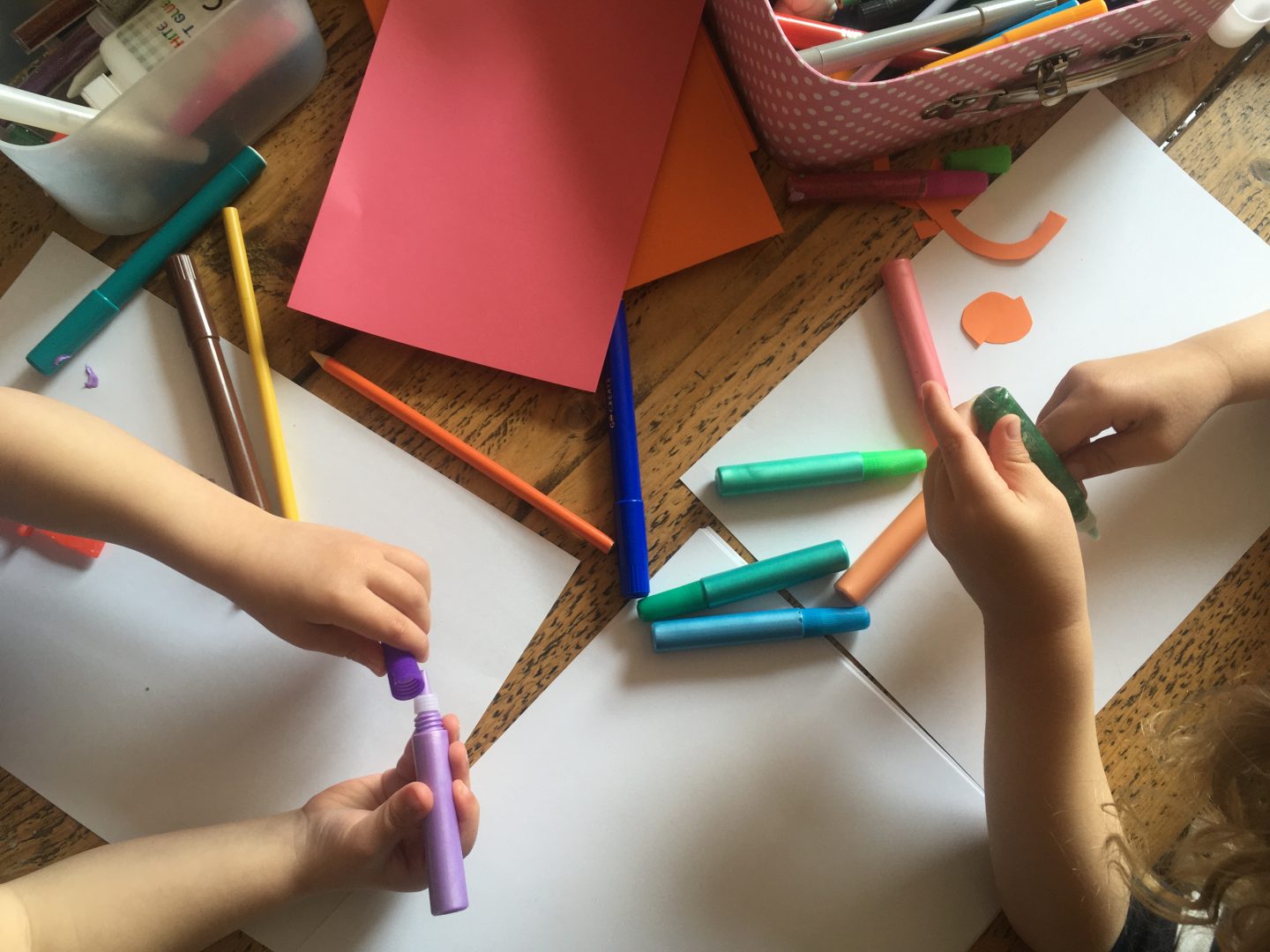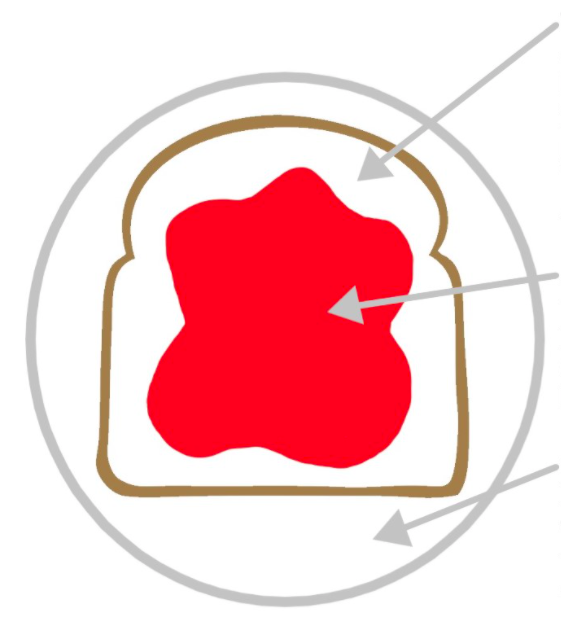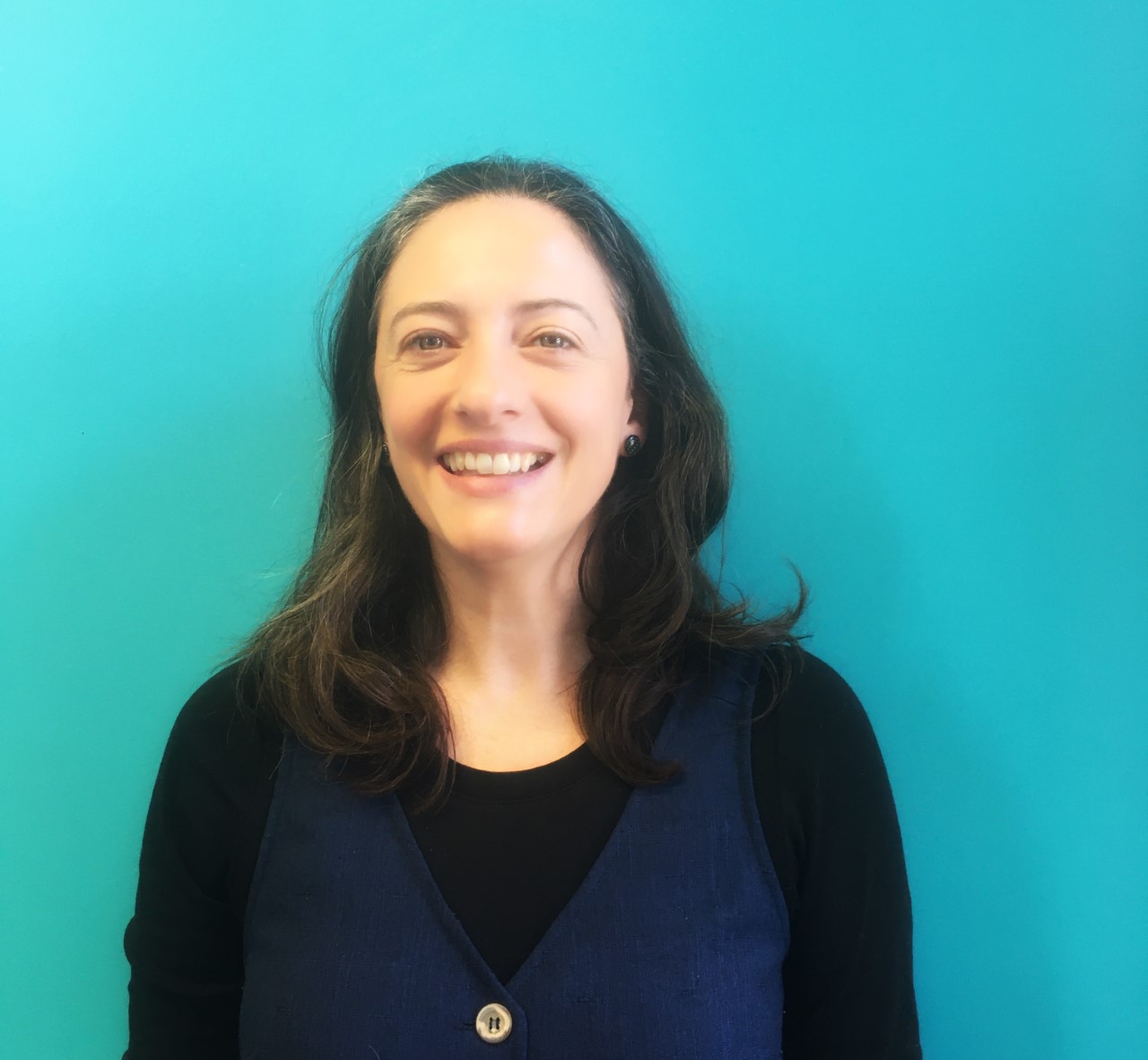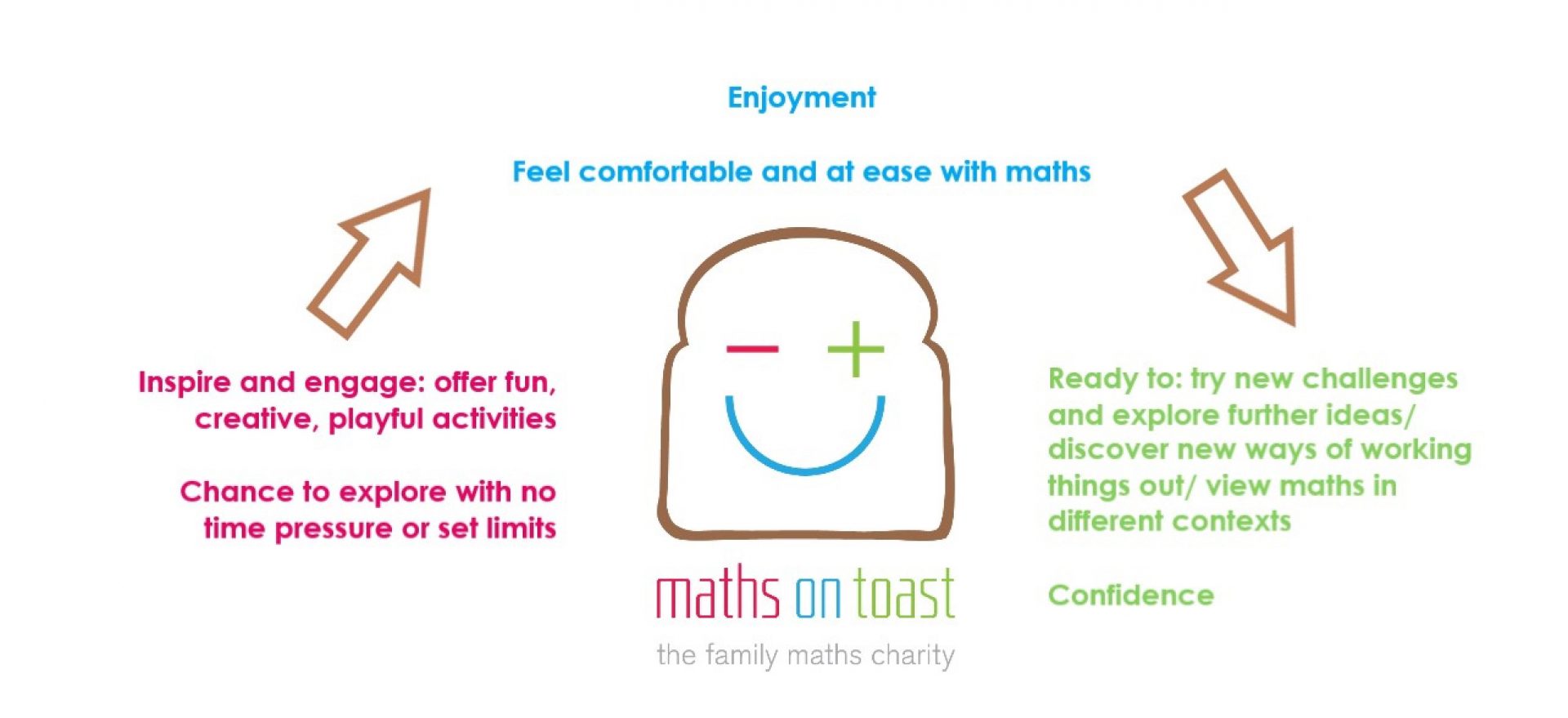Being confident in maths starts with feeling comfortable and at ease with maths.
- Being ready to explore mathematical ideas, and make mistakes.
- Taking time to try different ways out.
- Discovering how all the ideas fit together.
We encourage this with our creative, hands-on approach – providing crafty, playful maths activities and ideas to inspire curiosity and exploration.
Confidence Loop
Fun Maths at Home

Creative maths as a family
Creating positive memories of doing maths together as a family is an important step in building a confident, can-do attitude towards maths.
There is no right or wrong way, so don’t be afraid to get stuck in and enjoy experimenting.
The Toast Model

Growing your maths brain
We often get asked what to do when you get stuck with some maths. Actually, most mathematicians are stuck most of the time – it’s how you feel about being stuck that can make all the difference.
As long as you’re not feeling panicked about it, being stuck is good for your brain. One way to think about that is the Toast Model.
The Toast Model is inspired by Sue Johnston-Wilder’s Growth Zone Model which is a framework for understanding different learning experiences and the feelings associated with each.
Useful articles on maths learning

5 Golden Rules for Enjoying Maths at Home
There are simple ways to create positive experiences of maths at home.
Read our 5 golden rules for enjoying maths at home

Teacher Tips: helping your child learn at home
Niki Lavithis, one of our Community & Schools Outreach Coordinators, is also a primary school teacher. She shares her personal advice on helping your child learn at home.
Read Niki’s blog

Supporting your child’s mathematics during lockdown (and beyond)
Alison Clark-Wilson, Maths on Toast trustee and Principal Research Fellow, UCL Institute of Education, University College London shares her advice to parents and carers who have found themselves teaching maths to their children at home.
Read Alison’s blog

